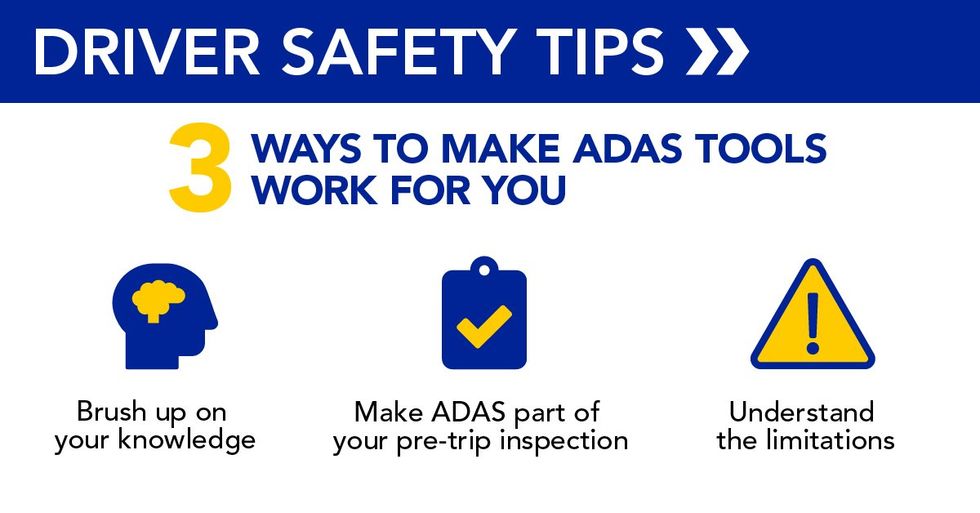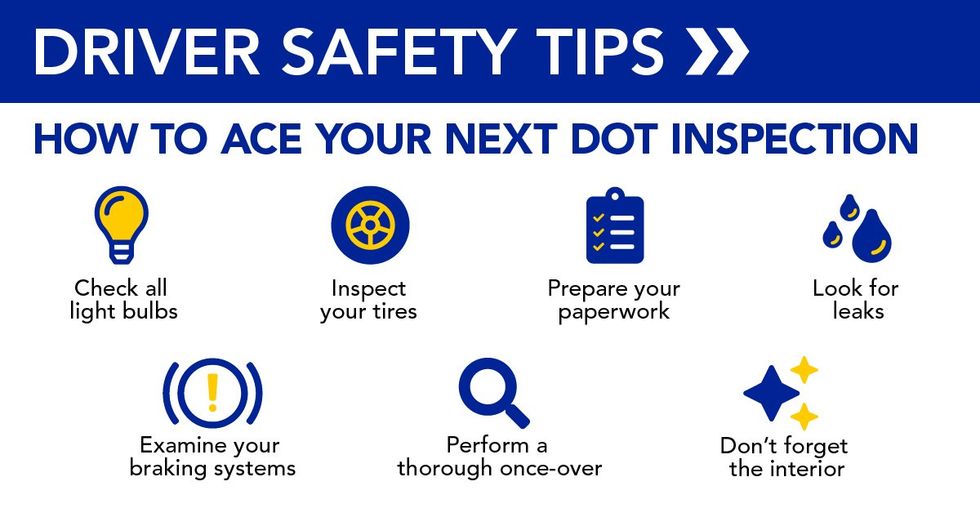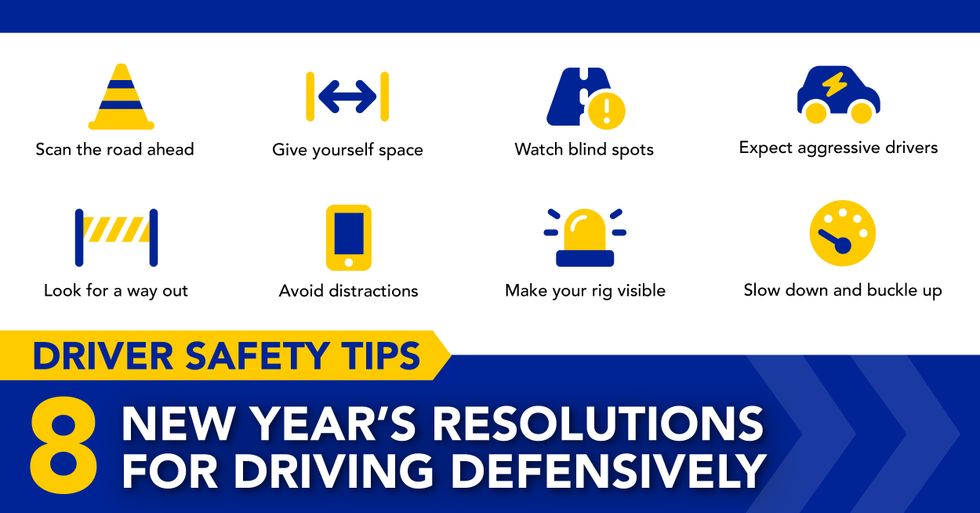CVSA Safe Driver Week 2025: How To Avoid a Citation
The Commercial Vehicle Safety Alliance’s (CVSA) Operation Safe Driver Week 2025 is July 13-19. During these seven days, traffic officers across the United States, Canada and Mexico will step up their patrols and look for signs of unsafe driving behaviors.
Last year, law enforcement officials pulled over 11,000+ vehicles during Safe Driver Week, issuing 2,439 warnings and 1,583 citations to commercial motor vehicle (CMV) drivers. This year, officers will focus on reckless, careless and dangerous driving behaviors.
Read on to learn more about each type of aggressive driving so you can stay citation- and accident-free:
Reckless driving: Any person who drives a vehicle in willful or wanton disregard for the safety of persons or property. Examples include:
- Cutting in front of another driver, then slowing down
- Weaving in and out of traffic aggressively
- Excessive speeding in work zones or poor weather
- Running red lights or stop signs intentionally to save time
- Tailgating at any speed
- Blocking in cars as you attempt to pass or change lanes
- Driving while under the influence (DUI) of drugs or alcohol. During last year’s Safe Driver Week, CMV drivers received 30 warnings and 49 citations for DUI
Careless or Dangerous Driving: Operating a vehicle without due care and attention or reasonable consideration for other motorists or people on the road. Examples include:
- Failing to wear a seat belt. Last year, CMV drivers received 328 warnings and 473 citations for seat belt violations during the week
- Using a phone or GPS device while driving. Last year, CMV drivers received 158 warnings and 169 citations for distracted driving
- Using headlights or brakes to “punish” other drivers
- Failing to check blind spots before changing lanes
- Not using turn signals
- Securing cargo improperly
Defensive driving is safe driving. Avoid the risk of reckless, careless or dangerous driving by following these five tips:
- Drive at or below the posted speed limit and slow down even further in bad weather and heavy traffic. Speeding was the No. 1 violation in last year’s Safe Driver Week
- Plan your route. Program your GPS and adjust your mirrors and radio to limit distractions
- Leave early so you don’t feel rushed to reach your destination
- Buckle up. Wearing a seatbelt saves lives
- Avoid the three types of distracted driving
- Manual: Eating, drinking, changing radio stations, grooming
- Visual: Looking at billboards, talking or texting on a handheld device
- Cognitive: Anger, anxiety, fatigue, daydreaming and talking on a hands-free device
And if others drive aggressively? Don’t honk or make an obscene gesture. Instead, be courteous, patient and forgiving.



